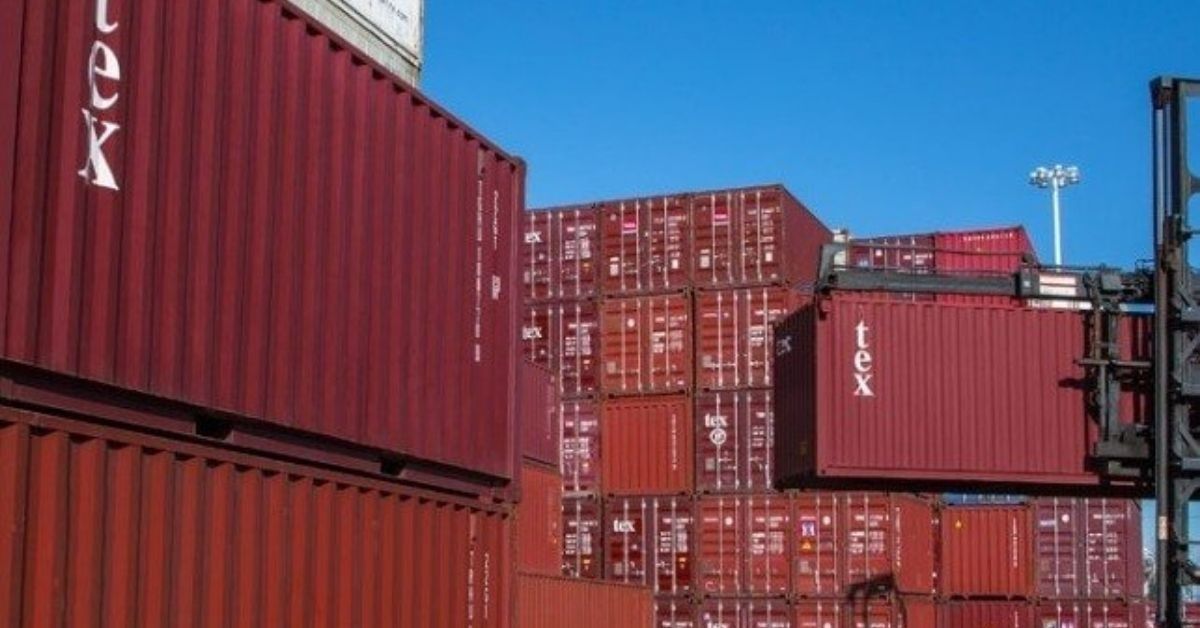The global telematics enabled container equipment fleet is forecast to grow 8-fold over the next 5 years and account for 25% of global box inventories by 2026, driven by wider adoption across the dry container fleet. This is one of the main conclusions from Drewry’s latest Container Census & Leasing Annual Review & Forecast 2022/23 report, to be published later this month.
Smart containers have increased in prominence following the onset of the Covid-19 pandemic and resultant supply chain disruption which has highlighted the need for better cargo visibility to cope with longer and more volatile transit times. And the pace of adoption of smart containers is expected to accelerate over the next five years.
A container becomes “smart” when fitted with a telematics device that provides real-time tracking and monitoring, enabling operators to increase turn time of their containers and so improve equipment availability. It also allows beneficial cargo owners (BCOs) to understand the location and status of their cargo so that they can better control their supply chains.
There are a number of factors driving this market growth. Continued supply chain disruption and port congestion, which show no sign of abating, are driving the need for improved visibility of cargo flows and container fleet management. Carriers are flush with cash to invest and see opportunities to improve the efficiency of their operations through the deployment of smart containers.
Drewry estimates that by the end of 2021 around 3.6% of the global container equipment fleet was fitted with smart technology devices following growth of over 30% through the year. However, take-up varies considerably by equipment type, with penetration already strong in reefer and intermodal containers but much lower in the dry box sector. Already as much as a third of the maritime reefer container fleet is smart-enabled, while the figure is over 40% for intermodal containers, according to Drewry estimates.
Drewry forecasts that the number of smart containers in the global fleet will accelerate in the five years to 2026 to reach over 8.7 million units, representing as much as 25% of worldwide box inventories. As technological innovation lowers the cost of devices and enhances their value to both transport operators and BCOs, uptake is expected to hasten.
Smart fleet acceleration will now be driven by strong uptake in the dry container fleet where penetration is currently as little as 0.3%, according to Drewry estimates. Hapag-Lloyd’s recent announcement that it intends equipping its entire dry box fleet with smart devices will force other leading carriers to follow suit. Shipping line return on investment will come from the potential to optimise their box fleet and cargo operations. Past initiatives to develop the dry smart fleet failed because they relied on BCO demand which was deterred by additional fees and lack of integration into carrier IoT service offerings.
Furthermore, digitising their container fleets will enable carriers to better control maritime supply chain information flows, enhancing their cargo visibility offering and so tethering BCO clients into longer term contractual commitments. They face increasing competition from alternative tracking solutions such as removable devices or predictive analytical tools. But to achieve this step change will require further investment to integrate smart containers into carrier IoT systems and collaboration among industry stakeholders to enable data sharing, particularly between carrier alliance and VSA partners. In the meantime shipping line focus will be on building critical mass of smart device installs to leverage operational benefits across their container fleets and cargo operations, while readying for the next step change in supply chain visibility service offerings.







